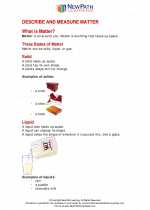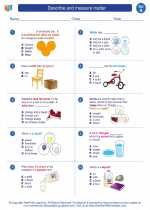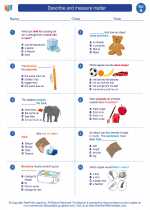Structure of Eukaryotic Cells
Eukaryotic cells are characterized by several key structures:- Nucleus: The nucleus houses the cell's genetic material in the form of DNA, and is enclosed by a double membrane called the nuclear envelope.
- Organelles: Eukaryotic cells contain various membrane-bound organelles, such as mitochondria, endoplasmic reticulum, Golgi apparatus, lysosomes, and more. These organelles carry out specific functions within the cell.
- Cytoplasm: The cytoplasm is the gel-like substance that fills the cell and surrounds the organelles. It contains various structures, such as the cytoskeleton, that support the cell's shape and function.
- Cell Membrane: The cell membrane, or plasma membrane, encloses the cell and regulates the passage of materials into and out of the cell.
Functions of Eukaryotic Cells
Eukaryotic cells perform a wide range of functions essential for the survival of the organism. Some of these functions include:- Cellular Respiration: Mitochondria, present in eukaryotic cells, are responsible for generating energy in the form of ATP through the process of cellular respiration.
- Protein Synthesis: The endoplasmic reticulum and ribosomes work together to synthesize and process proteins that are essential for the cell's structure and function.
- Waste Degradation: Lysosomes contain enzymes that break down waste materials and cellular debris, helping to maintain cellular cleanliness.
- Cell Division: Eukaryotic cells divide through processes such as mitosis and meiosis, allowing for growth, repair, and reproduction.
Comparison with Prokaryotic Cells
Eukaryotic cells differ from prokaryotic cells, which are simpler in structure and lack a nucleus and membrane-bound organelles. The presence of these membrane-bound structures in eukaryotic cells allows for compartmentalization and specialization of cellular functions, leading to increased complexity and efficiency.Study Tips
To master the topic of eukaryotic cells, consider the following study tips:- Visual Aids: Use diagrams and labeled illustrations to understand the structure and organization of eukaryotic cells.
- Comparative Analysis: Compare the characteristics and functions of eukaryotic cells with those of prokaryotic cells to gain a deeper understanding of their differences.
- Hands-On Activities: Conduct experiments or use interactive models to observe eukaryotic cells under a microscope and explore their organelles and functions.
- Flashcards: Create flashcards to memorize the names and functions of eukaryotic cell organelles and their roles in cellular processes.
◂Science Worksheets and Study Guides First Grade. Describe and measure matter
Study Guide Describe and measure matter
Describe and measure matter  Worksheet/Answer key
Worksheet/Answer key Describe and measure matter
Describe and measure matter  Worksheet/Answer key
Worksheet/Answer key Describe and measure matter
Describe and measure matter  Worksheet/Answer key
Worksheet/Answer key Describe and measure matter
Describe and measure matter  Vocabulary/Answer key
Vocabulary/Answer key Describe and measure matter
Describe and measure matter  Vocabulary/Answer key
Vocabulary/Answer key Describe and measure matter
Describe and measure matter 

 Worksheet/Answer key
Worksheet/Answer key
 Worksheet/Answer key
Worksheet/Answer key
 Worksheet/Answer key
Worksheet/Answer key
 Vocabulary/Answer key
Vocabulary/Answer key
 Vocabulary/Answer key
Vocabulary/Answer key

The resources above cover the following skills:
Concepts of Physical Science (SB1, SB2, SB3, SB4)
The student demonstrates an understanding of the structure and properties of matter by classifying matter according to physical properties (i.e., color, size, shape, weight, texture, flexibility).